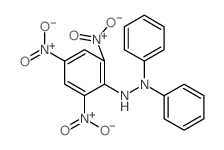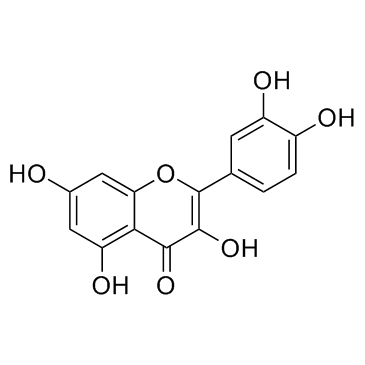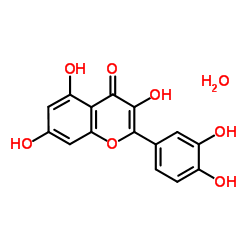| Structure | Name/CAS No. | Articles |
|---|---|---|
 |
Methanol
CAS:67-56-1 |
|
 |
DPPH
CAS:1898-66-4 |
|
 |
1,1-DIPHENYL-2-PICRYLHYDRAZINE
CAS:1707-75-1 |
|
 |
2,6-Dihydroxypurine
CAS:69-89-6 |
|
 |
Quercetin dihydrate
CAS:6151-25-3 |
|
 |
Cyanidin-3-O-glucoside chloride
CAS:7084-24-4 |
|
 |
Quercetin
CAS:117-39-5 |
|
 |
Quercetin (hydrate)
CAS:849061-97-8 |